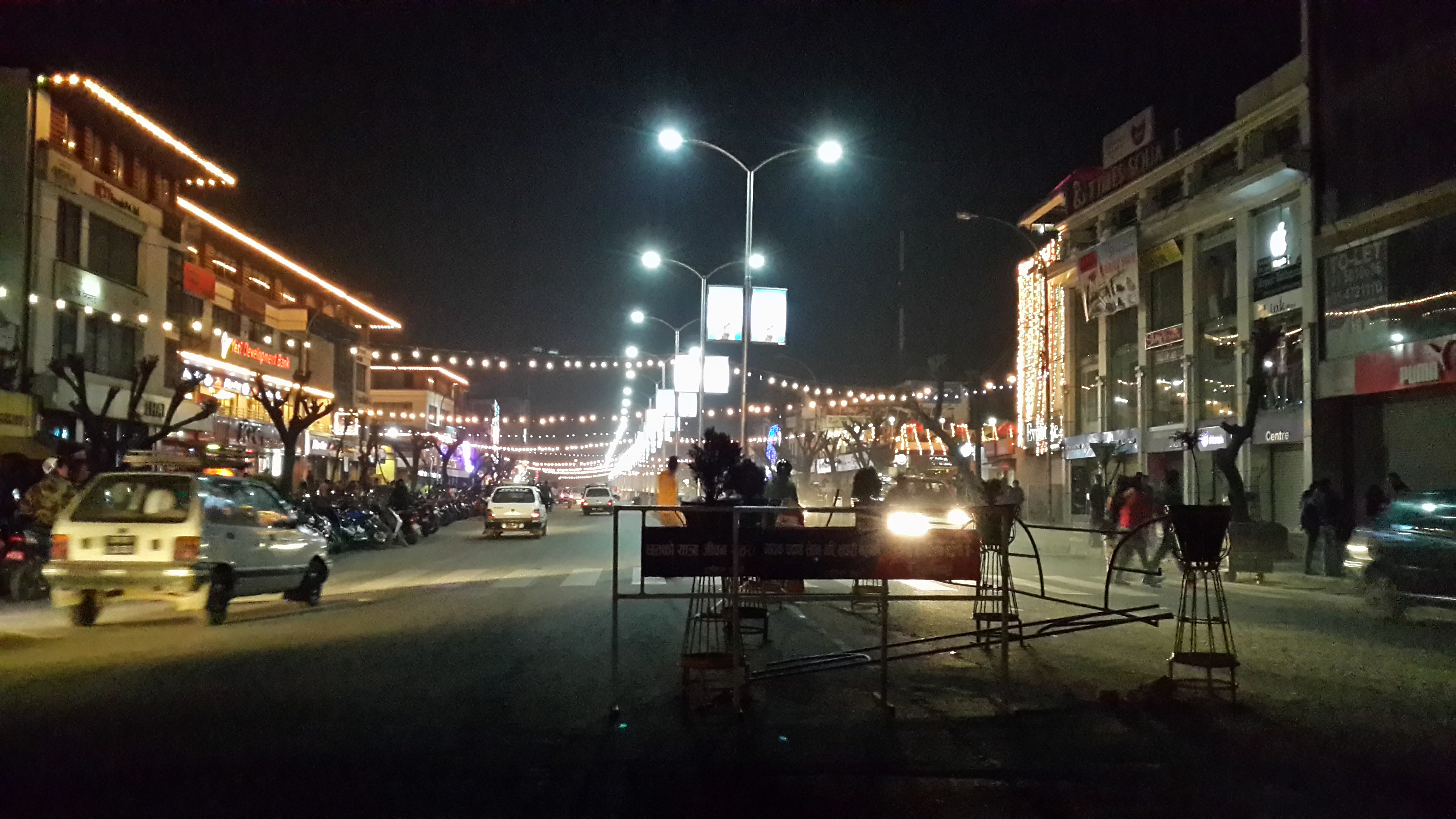Will load-shedding end in a year?
Bhrikuti Rai / November 18, 2015
In his address to the nation on 15 November Prime Minister KP Sharma Oli reiterated his promise to end load-shedding in the country. Also, speaking at a function two weeks ago in Kathmandu, Oli had said “load-shedding would end by next Tihar [November 2016].”
See video: Prime Minister’s address to the nation
South Asia Check examined to see how attainable Prime Minister Oli’s promise is. For this we looked into several sources that could generate electricity in the next one year’s time:
| Electricity being produced by existing hydropower projects as listed on the Department of Electricity Development Department (DOED) website | 718 MW |
| Upper Mai (already connected to the national grid but not listed on DOED website) | 22 MW |
| Other small projects (already connected to the national grid but not listed on DOED website) | 3 MW |
| Thermal plants | 53 MW |
| Hydropower projects expected to be completed within one year | 104 MW |
| Past agreement to import electricity from India | 150 MW |
| Solar power to be added this year according to prime minister’s statement | 200 MW |
Status
| Project | Capacity | Present status | Information source |
| Chameliya | 30 MW | Expected to be completed by March 2016 | Nepal Electricity Authority (NEA) Annual Report |
| Kulekhani 3 | 14 MW | Expected to be completed within this fiscal year | Nepal Electricity Authority (NEA) Annual Report |
| Upper Trishuli 3 A | 60 MW | Road leading to the project site damaged by the earthquake so work not started. But the project could be completed within one year if the road is rebuilt.
|
Mukesh Raj Kafle, Managing Director NEA |
| Upper Tamakoshi | 456 MW | Work has not resumed since the earthquake Project likely to be pushed beyond February 2017 | Upper Tamakoshi Project Chief Bigyan Prasad Shrestha and NEA Managing Director Mukesh Raj Kafle |
| Solar energy plant | 25 MW | Delay in loan agreement, tender process. Project to be completed by 2016 | NEA Managing Director Mukesh Raj Kafle |
“If the government is able to provide land and security for the solar panels, it won’t take much time to connect the panels to the national grid. It is technically possible to undertake and complete the task within a year. Since the panels will be directly connected to the grid, batteries won’t be required and as long as there is sunlight, it’ll reduce the burden on hydropower stations,” says Shrestha.
According to the above figures and statements it is possible to generate 1,250 megawatt of electricity by November 2016. NEA’s annual report states that the present electricity demand stands at 1291 megawatts. Given Nepal’s electricity demand increment rate of 7.53 per cent Nepal will require around 1,388 megawatts next year. As a result it will still be short of 188 megawatt even after the under construction projects stated above come into operation.
Therefore PM Oli’s promise of ending load-shedding within one year is unlikely to be fulfilled. But if the work on the under-construction projects is expedited then load shedding hours can be drastically reduced.
For this to happen, the remaining work on the long overdue Khimti-Dhalkebar and Nepal-India cross-border Dhalkebar-Muzaffarpur transmission lines should be completed and construction of solar power projects should be expedited without delay. It is also important to note that the electricity produced from the two thermal plants, which run on diesel, will be expensive.
Read also
Mahat’s claim of 600 MW addition this year unachievable
This material is copyrighted but may be used for any purpose by giving due credit to southasiacheck.org.
Comments
Latest Stories
- In Public Interest Covid-19 cases are low, but that’s not an excuse to avoid vaccination
- In Public Interest What is BF.7, the sub-variant that has the world by its grip?
- In Public Interest Threat of a new Covid-19 wave looms large amid vaccine shortage in Nepal
- In Public Interest As cases decline, Covid-19 test centres in Kathmandu are desolate lot
- In Public Interest Dengue test fee disparity has patients wondering if they’re being cheated
- In Public Interest As dengue rages on, confusion galore about what it is and what its symptoms are. Here’s what you need to know
In Public Interest
 Covid-19 cases are low, but that’s not an excuse to avoid vaccination
The Pfizer-BioNTech bivalent vaccines authorised by the Nepal Government provide better protection a...
Read More
Covid-19 cases are low, but that’s not an excuse to avoid vaccination
The Pfizer-BioNTech bivalent vaccines authorised by the Nepal Government provide better protection a...
Read More
- What is BF.7, the sub-variant that has the world by its grip?
- Threat of a new Covid-19 wave looms large amid vaccine shortage in Nepal
- As cases decline, Covid-19 test centres in Kathmandu are desolate lot
- Dengue test fee disparity has patients wondering if they’re being cheated
- As dengue rages on, confusion galore about what it is and what its symptoms are. Here’s what you need to know
